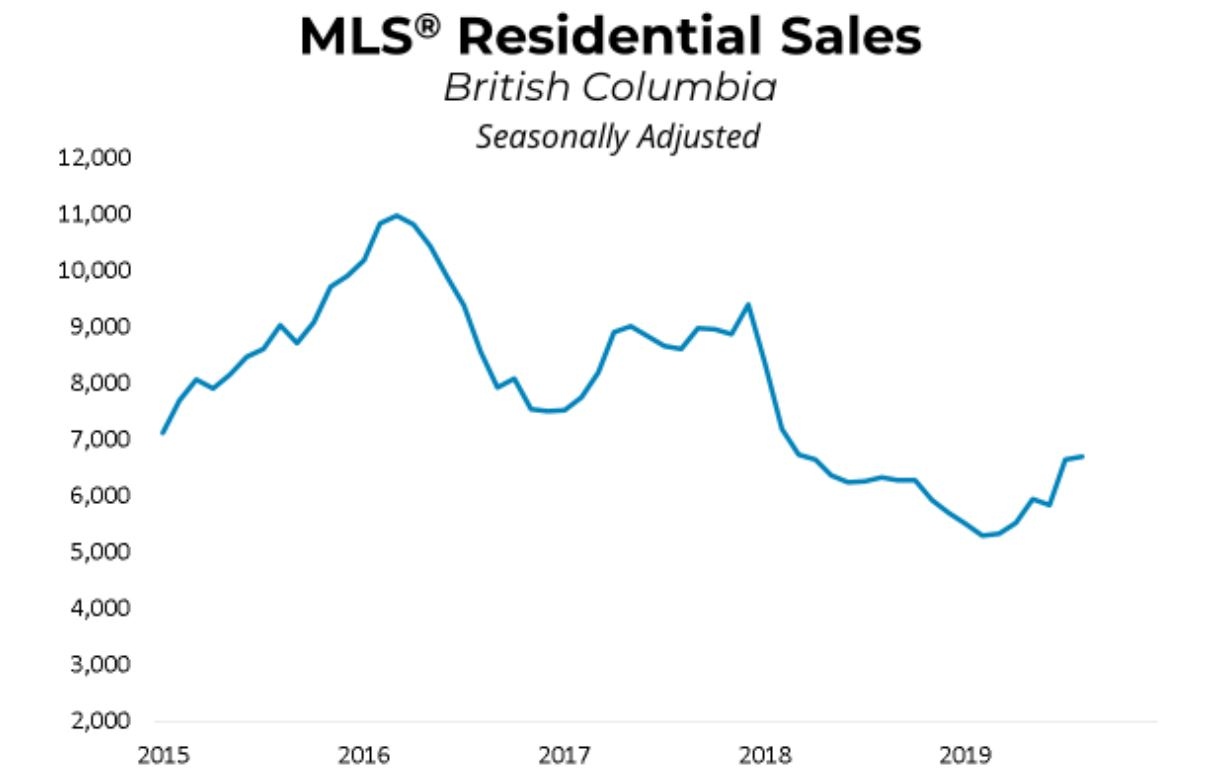Amenity-packed Ariva project overlooking Okanagan Lake aimed at active downsizers
Kathleen Freimond
The Vancouver Sun
“If you were busy before, you’ll be even busier and have more fun at Ariva,” says developer Barry Johnson of Barry and Kevin Johnson-Ariva Properties.
Johnson says some baby boomers don’t downsize from large homes because a small condo or townhouse in an urban environment isn’t sufficiently attractive to encourage them to make the move.
“Ariva is not competing with other developments, we’re competing against people staying in their own homes – those people are not looking because want they want doesn’t exist,” he says.
Johnson is aiming to change that outlook with Ariva. He has been pondering the perfect empty-nesters’ development for about seven years with his son Kevin.
“For the ideal place, we narrowed it down to three key components. There must be great real estate with [spacious] condos, a sense of community and [it must enable] a physically and socially active lifestyle,” he says.
Situated on 12 and a half acres on Old Ferry Wharf Road, Ariva will be on the crest of the hill just above the old west side ferry terminal, says Johnson.
While the completed development will comprise 204 condos, the recently launched first phase includes 37 one-, two- and three-bedroom units with a range of amenities. This first building is five storeys with one level of underground parking with a parking stall for each unit. (Additional stalls can be purchased.)
“When people of the same demographic are going through the same stage of life, it offers an incredible opportunity to build community,” says Johnson.
The amenities, including a bistro, wine bar, residents’ lounges with fireplaces, amphitheatre and lake-view terrace with barbecue facilities, are all intended to enhance that community spirit.
But great amenities need to be complemented with programming, Johnson says, adding that he would rather have a barn and great programming than the finest amenities in the world with no programming.
He envisages a lifestyle concierge who will arrange activities ranging from community barbecues to inviting guest lecturers and organizing yoga, aqua size and stretching classes.
There will also be a range of excursions made possible by Ariva’s Mercedes-Benz Sprinter van, which will transport people to local venues such as wine farms or golf courses.
“One of the motivating factors for people who look to move downtown is having restaurants within walking distance,” he says. “With the Sprinter, people will be able to go to whichever restaurant they choose. And it’s more fun to go with a group. We could shuttle more than one group to more than one restaurant, so no one has to worry about drinking and driving.”
With the focus on lake views, the condos were designed from the outside to the inside.
“We believe the most important room in the Okanagan is the outside room,” Johnson says. “To take advantage of the views, all condos, even the one-bedrooms, have at least 300 square feet of outside space. A glass wall between the interior great room and the deck will fold open to create a space of as much as 1,000 square feet.”
The deck will have an outdoor living area, barbecue and space for a dining table to seat eight people.
The interiors are designed to be elegant, understated and timeless, says interior designer Carly Norris of LNG Studios.
Using the region’s lakes as inspiration, prospective buyers can choose from three colour palettes: Okanagan, the darker option with darker floors and tiles in the bathrooms; Skaha, the lightest of three; and Kalamalka, the medium choice, featuring a mix of lighter colours with a medium-tone floor and darker countertops.
The sales centre features the Kalamalka scheme. In the kitchen, over-sized (four by eight-feet) ceramic slabs will ensure the backsplash is a standout feature as the darker quartz countertop complements the grey veining in the marble-look slabs. The cabinet doors and drawer fronts are flat panel in a warm grey, says Norris, while the hardware will be brushed nickel.
The standard major appliance package is by KitchenAid with a five-burner gas range, but buyers can upgrade to include some Blomberg appliances or even choose the ‘executive chef’ option with a Miele range.
While all homes include a beverage centre in the kitchen island, oenophiles can also opt for the sommelier package that includes a wine fridge and wine bar on the feature wall in the dining room.
Engineered hardwood floors – a brushed oak in the Kalamalka scheme – run throughout the living area, with carpet in the bedrooms and tiles in the bathrooms.
The ensuites feature a tub and shower with double sinks (in most units). To enhance design continuity in each colour scheme, the bathroom vanity features the same countertop as the kitchen. Underfloor heating keeps things cosy in cooler seasons.
In the larger homes, a separate laundry room includes a side-by-side washer and dryer, while the smaller units will have stacked appliances in a laundry closet, Norris says.
Ariva, built on Westbank First Nations land (Johnson has pre-paid a 125-year lease), is attracting attention from potential buyers from the Okanagan, Lower Mainland, Calgary and even Toronto, Johnson says.
Construction is expected to start in spring 2020.
Project: Ariva
Project address: 1770 Old Ferry Wharf Road, Westbank
Developer: Barry & Kevin Johnson-Ariva Resorts
Architect: M&M Architects
Interior designer: LNG Studios
Project size: Phase 1: 37 homes
Bedrooms: One + den; Two + den. Penthouses: Two + den; Three + den
Unit size: 1,040 – 2,319 square feet interior space only
Price: From $484,900 to +$1,799,900 million
Sales centre: 529 Bernard Avenue, Kelowna
Sales centre hours: noon — 4 p.m. or by appointment
Phone: 236-420-0693
Website: ArivaKelowna.ca
© 2019 Postmedia Network Inc.


